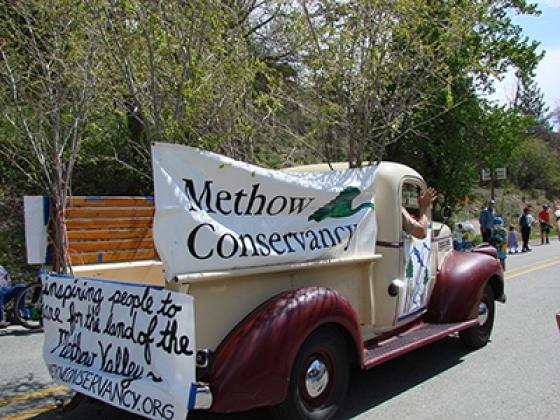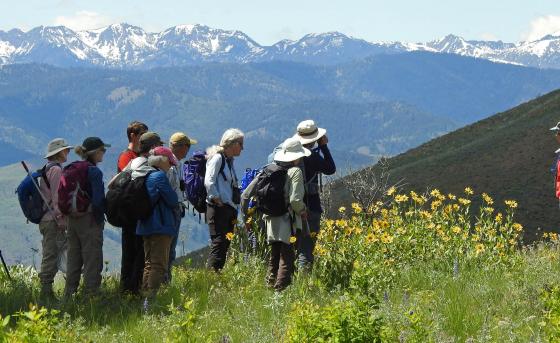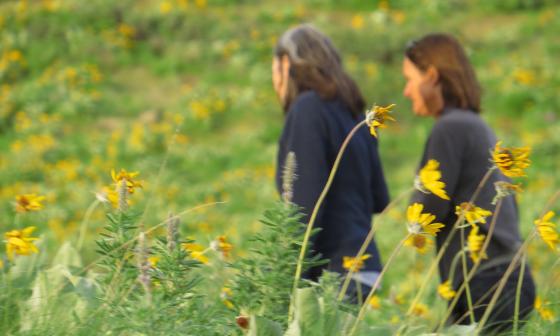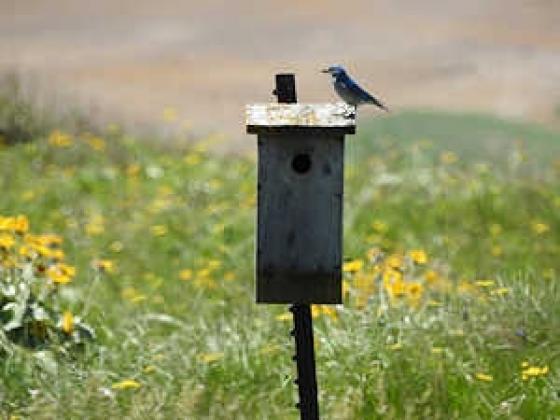The Methow Conservancy does not discriminate on the basis of race, color, religion (creed), gender, gender expression, age, national origin (ancestry), disability, marital status, sexual orientation, or military status, in any of its activities or operations. These activities include, but are not limited to, hiring and firing of staff, selection of volunteers and vendors, and provision of services. We are committed to providing an inclusive and welcoming environment for all members of our staff, clients, volunteers, subcontractors, vendors, and clients.
Our conservation work takes place on land where the mətx̌ʷu/Methow People and their descendants have lived since Time Immemorial
13,000 years ago the last of the Missoula floods swept across Eastern Washington and down the Columbia River Gorge. Glaciologists estimate that the glaciers in the Methow Valley were up to a mile deep. The First People of the Methow Valley have stories about the great flood and its impacts.
For hundreds of generations, the Methow Valley has been the home of the mətx̌ʷu/Methow People. When the first white settlers arrived in the Methow Valley in the late 1800s, most of the mətx̌ʷu/Methow People were forcibly relocated from the Moses-Columbia Reservation, formed in 1879. In 1884, the Moses-Columbia Reservation was dissolved and most of the Methow People were moved to the area east and south of present-day Omak, becoming one of the twelve tribes of the Confederated Tribes of the Colville Reservation.
Others in this diaspora refused to enter the reservations and simply stayed or dispersed in the region. Even today, many Methow Tribal families maintain a consistent presence in this valley. We are grateful for the mətx̌ʷu/Methow People’s careful stewarding of this land and hope to learn from their example.
Learn more about the Confederated Tribes of the Colville Reservation and the mətx̌ʷu/Methow People here.
Learn more about the mətx̌ʷu/Methow Descendants here.
Today, more than 9,432 descendants of 12 aboriginal tribes of Indians are enrolled in the Confederated Tribes of the Colville. The twelve tribes which compose the Confederated Tribes of the Colville Reservation include: ščəlá̕ mxəxʷ (deep water) or Chelan; walw̕ áma (Wallowa people) or Chief Joseph Band of Nez Perce; sx̌ʷyʔiɬp (sharp pointed trees) or Colville; šnt̕ iyátkʷəxʷ (grass in the water) or Entiat; snʕáyckst (speckled fish) or Lakes; mətxʷu (blunt hills around a valley) or Methow; škwáxčənəxʷ (people living on the bank) or Moses-Columbia; nspilm (prairie) or Nespelem; uknaqin (seeing over the top) or Okanogan; palúšpam (people from Palouse) or Palus; sənpʕʷilx (grey mist as far as one can see) or San Poil, and šnp̓ əšqʷáw̓ səxʷ (people in between) or Wenatchi.



